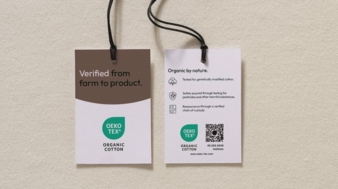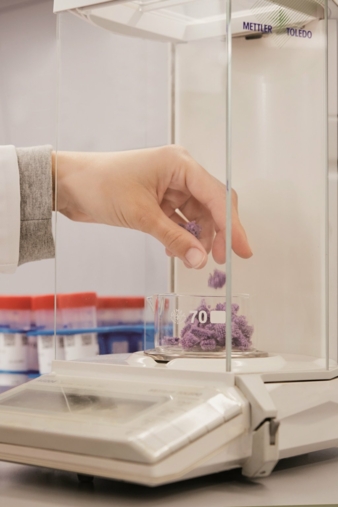30/07/2024 – Oeko-Tex certification — auf Deutsch lesen
Organic cotton verification within global regulation
In a context of growing concerns over the effects of climate change and socio-environmental considerations by brands and consumers, consumption of more sustainable cotton products will likely boost organic cotton production, according to the OECD-FAO Agriculture Outlook 2023-2032.
In fact, sustainability standards along the fashion and textile supply chains are a soon-to-be enforced business requirement, as policy makers start implementing long-debated regulations such as EU´s Ecodesign for Sustainable Products Regulation coming into force in 2025 or the US SEC climate-related disclosure, which is already in effect.In this context, brands and manufacturers using organic cotton are looking for reliable partners to trust during the change process and beyond.
The new Oeko-Tex Organic Cotton certification
In these challenging times, many acknowledge the relevance of certification platforms like Oeko-Tex, whose textile and leather certifications and product labels continually adhere to international legislation or even further restrict their standards. For example, the recent Oeko-Tex Organic Cotton certification enables quantitative GMO (genetically modified organisms) testing – a unique opportunity for producers to understand the level of possible contamination and improve their supply chain. By testing quantitatively, one can differentiate a possible contamination from an intentional use of GMO cotton. For that reason, conventional and organic cotton mixtures are not permitted. It is mandatory for intermediate products (yarns, fabrics, etc.) to be made of at least 70% organic cotton. The rest of the composition can be made of other fibres except conventional cotton. The ranges between 70% and 100% organic cotton are certified according to Oeko-Tex Organic Cotton Blended. “A major challenge in organic product verification has been the missing centralized database for the transaction of the articles to prevent fraud,” says Bahadir Mustafa Bulut, Hohenstein Group Managing Director Türkiye. “Therefore, the new Oeko-Tex Organic Cotton certification was initiated with a unified and centralised database for transaction certificates, which is solely managed for the purpose of confirming mass balance.” Organic cotton certified by OekoTex must have organic certification at the farm level according to standards such as EC 834/2007, EU 848/2018, NOP or other IFOAM standards. Once the ginned organic cotton is available with scope and transaction certificate according to IFOAM standards, it can be certified as Oeko-Tex Organic Cotton as the starting point in the textile supply chain.
Tools for a transparent supply chain
To successfully transform supply chain management to be more sustainable, Bahadir Mustafa Bulut empasises the value of cooperation and transparency: “Therefore we offer the Oeko-Tex Buying Guide, a free public online directory with searching tools that enables companies to communicate their products transparently to sustainability-driven buyers.” In addition, an Oeko-Tex Organic Cotton certificate can be a prerequisite in combination with the STeP facility certification for an Oeko-Tex Made in Green product label. Through this label, consumers can trace the supply chain of their product via a QR code that directs them to the Oeko-Tex label check.





